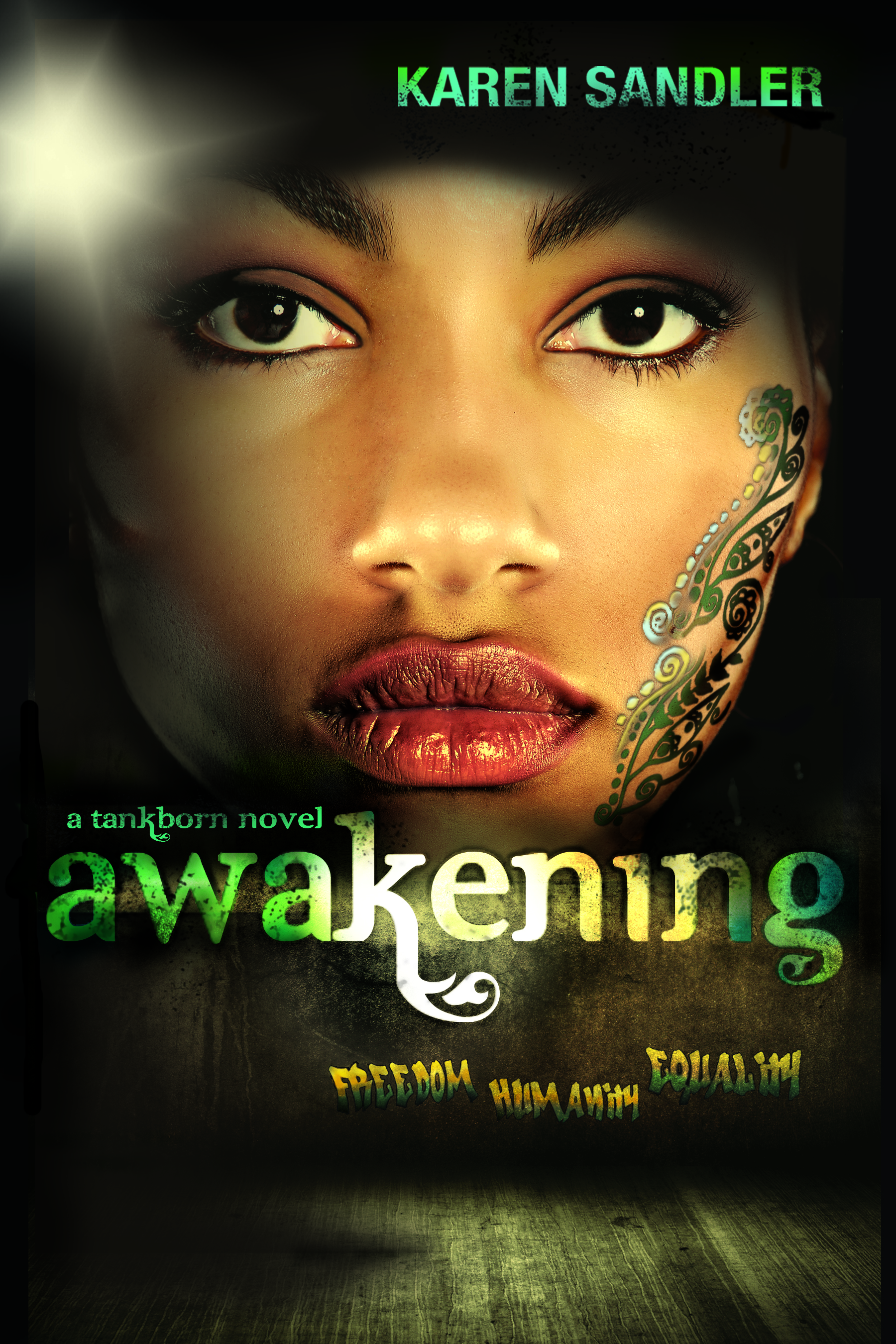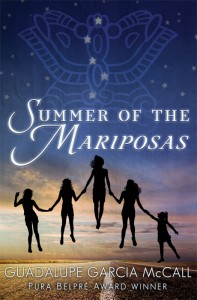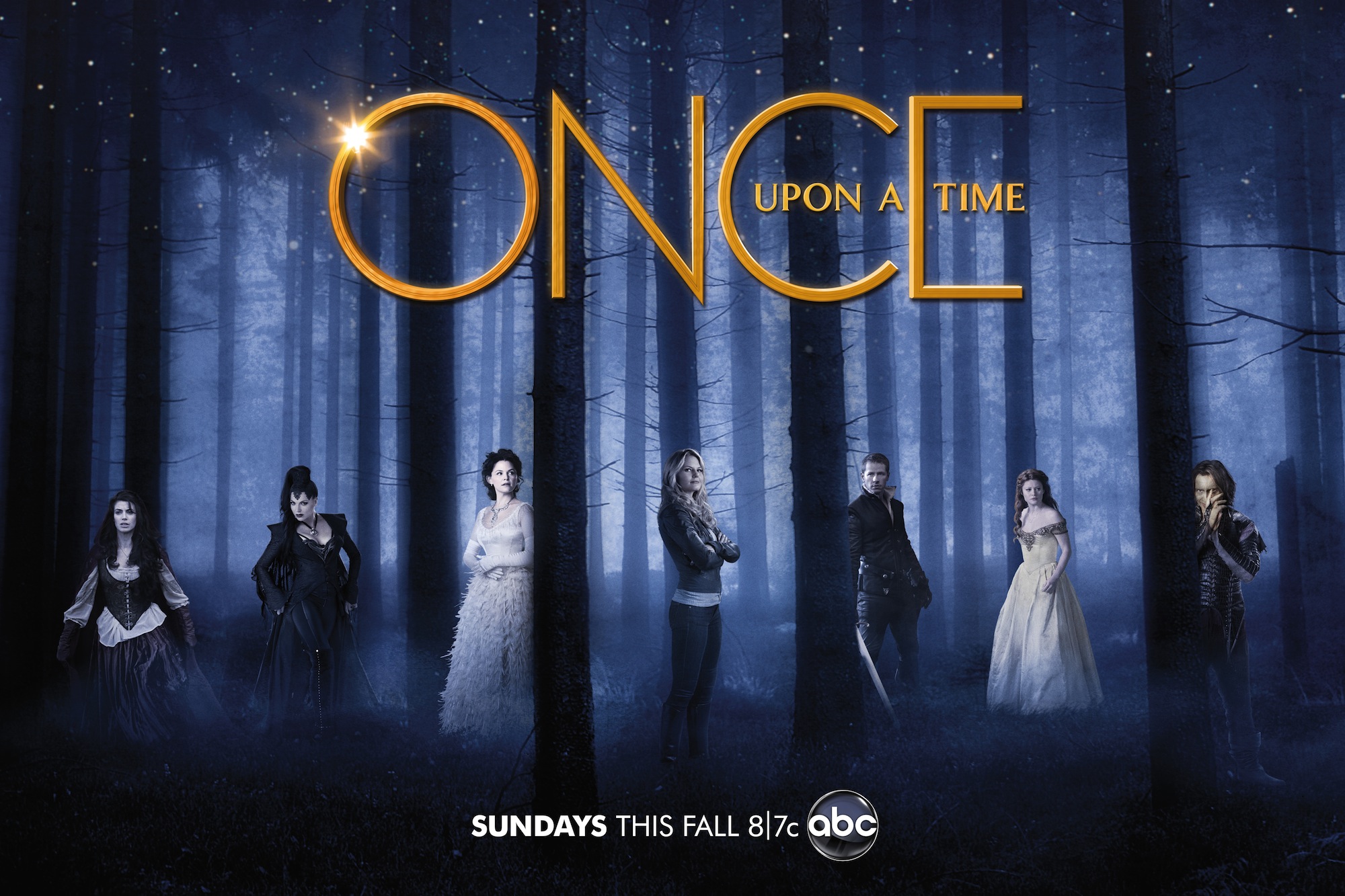Tu has had several cool things happen lately, which I’ve tweeted and shared on Facebook, but I’d like to round them all up here. First let’s start with a cover reveal and some insight into the design and illustration process for Hammer of Witches! And I linked this later in the last post, but just in case you missed it, here’s also the cover reveal for Awakening, which is the sequel to Karen Sandler’s Tankborn. Both books are coming out this April!
Hammer of Witches
 Here’s the awesome Kirkus review for Hammer of Witches, which will be posted on their site soon:
Here’s the awesome Kirkus review for Hammer of Witches, which will be posted on their site soon:
An engaging, magical adventure set against the historical backdrop of Columbus’ westward voyage.
Young Baltasar, a converso (a Spanish Jew converted to Catholicism), relies on his wits to distract the village bully by telling an amusing tale. Soon after, Bal discovers his storytelling has magical properties when he summons a monster to ward off the Malleus Maleficarum, witch-hunting Inquisitors after Bal’s father. Intent on escaping and finding the father he thought dead, Bal is hired as translator on none other than the Santa Maria, captained by Columbus himself. The voyage takes Bal on the uncharted seas of Columbus’ famous voyage and into adventures that include sea beasts and secrets from Bal’s own past. Though keeping track of all the Spanish-named seamen can be a challenge, Mlawski’s central characters—Jinniyah, a genie Bal summons, and Catalina, a fellow storyteller, in addition to Bal himself—are imaginative and well-developed, and her swashbuckling pace and intriguing plotting keep readers at seat’s edge. This story is told entirely from Bal’s perspective, but by placing him on the Santa Maria and inside the Caribbean villages the expedition visits, Mlawski invites young readers to see the familiar Columbus story from another perspective—and to consider the power of stories to shape perception in everyday life. Backmatter includes a helpful author’s note and pronunciation guide.
Though set in the 1490s, this provocative blend of fantasy and history offers loads of contemporary appeal.—Kirkus Reviews
And you’ll see several of the blurbs for this book on the cover reveal post, but here are a couple more great quotes we got from Victoria Strauss and Lesley Livingston:
“This rollicking historical fantasy has it all—nail-biting adventure, exciting mystery, fabulous magics, and characters you can really root for. I enjoyed every word.”—Victoria Strauss, author of Passion Blue and co-founder of Writer Beware
“Hammer of Witches is everything I crave in a story—magic, adventure, danger, depth, a rich historical setting, and an irresistibly charming hero. What a fantastic voyage!”—Lesley Livingston, author of Wondrous Strange
Awakening
 As I said, you probably have already seen the cover reveal, but in case you missed it, here it is again! We’ve also got a good Kirkus review to share, as well as some Tankborn news.
As I said, you probably have already seen the cover reveal, but in case you missed it, here it is again! We’ve also got a good Kirkus review to share, as well as some Tankborn news.
[T]he second Tankborn entry presents exciting new mysteries about genetic engineering, illness and rebellions.
As a GEN (Genetically Engineered Non-human), Kayla ranks lowest in this caste-based society. The slightest insubordination on her part could prompt a trueborn to reset her—wipe away her soul and give her body a new personhood—or recycle her body for DNA. Driving around by lorry under the authority of a lowborn named Risa, Kayla uses her genetically strengthened arms to haul goods in and out of warehouses; she and Risa also carry information for the Kinship, a secret rebel network. This information travels inside Kayla’s annexed brain, a section inside every GEN’s brain that is accessed by hooking a datapod (painfully) to the tech-tattoo located on every GEN’s face. Sandler’s strength is suspense, elements of which include the medical mystery of a disease striking only GENs (Scratch is fatal and has bizarre properties), explosions in warehouses storing GEN food, wispy hints of a second revolt (even farther underground than the Kinship) and the web connecting it all. . . . [F]ans of genetic engineering and shadowy rebellions will find much to like.—Kirkus Reviews
In other news, I just found out that Tankborn was a finalist for last year’s Golden Duck Awards in the YA category (the Hal Clement Award). This is a good award that we don’t see very much coverage of—in fact, the award was given in September and I just heard about Tankborn being a finalist just this week. This one is given the same weekend as the Hugo awards. In addition, Galaxy Games: The Challengers by Greg Fishbone was a finalist in the middle grade category (the Eleanor Cameron Award for Middle Grades). I’d love to see more librarians and teachers paying attention to this award!
Summer of the Mariposas
 And let’s round up this good news report with some news about Summer of the Mariposas, which was just nominated for the Andre Norton Award! This makes me very excited. It’s actually a career first for me, to be able to have an author nominated for this award. And Guadalupe Garcia McCall is in some very good company for nominees. Whoever wins, what an honor to have Guadalupe’s wonderful work recognized.
And let’s round up this good news report with some news about Summer of the Mariposas, which was just nominated for the Andre Norton Award! This makes me very excited. It’s actually a career first for me, to be able to have an author nominated for this award. And Guadalupe Garcia McCall is in some very good company for nominees. Whoever wins, what an honor to have Guadalupe’s wonderful work recognized.
*happy dance*
If you’re in the Arizona area, here’s your chance to meet Guadalupe and have her sign your book. She’s going to be in Tucson next month, March 9-10, for the Tucson Festival of Books on the University of Arizona campus. Check out the site for more information, such as schedule, etc. The festival is free and open to the public!









 I haven’t been blogging very consistently, I know—which made me only realize today that despite my many mentions of it on Twitter and Facebook, I haven’t yet talked about our
I haven’t been blogging very consistently, I know—which made me only realize today that despite my many mentions of it on Twitter and Facebook, I haven’t yet talked about our  discovering new voices and adding them to the choral symphony. Look at
discovering new voices and adding them to the choral symphony. Look at 